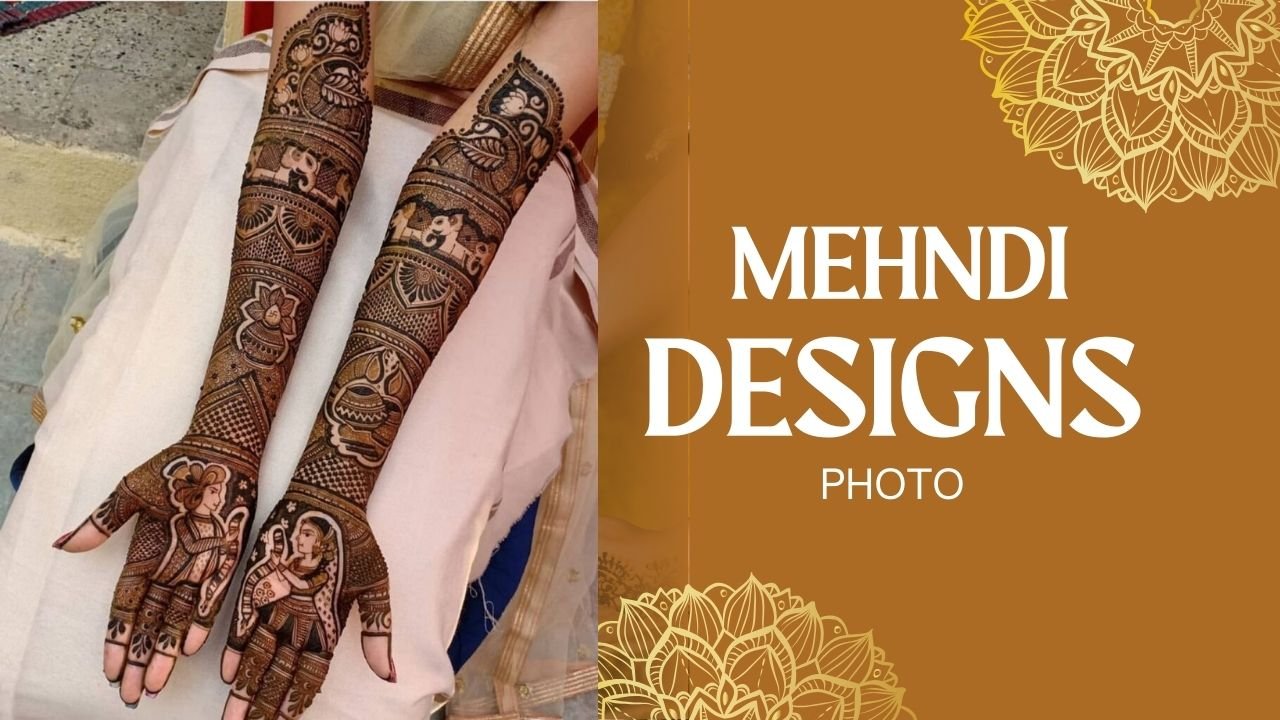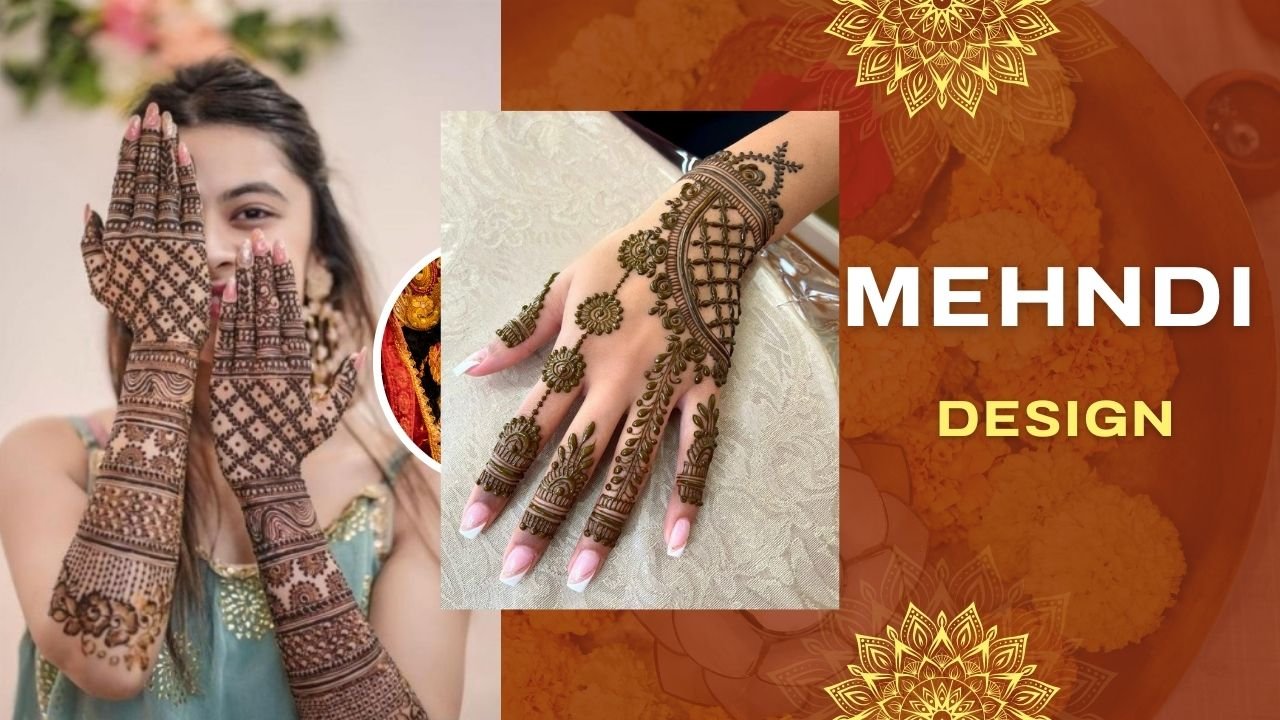Mehndi, also known as henna, is an ancient form of body art that has been an integral part of many cultures, particularly in South Asia and the Middle East. Mehndi designs have evolved over centuries, becoming more intricate and creative. The popularity of mehndi design photos has surged in recent years, with people sharing and seeking inspiration for various occasions. This article explores the significance of mehndi, the art of capturing mehndi design photos, and tips to create stunning visual representations of this beautiful tradition.
The Cultural Significance of Mehndi

A Tradition Rooted in History
Mehndi has a rich history that dates back thousands of years. It is believed to have originated in ancient Egypt, where it was used for its cooling properties and as a form of adornment. Over time, the practice spread to the Indian subcontinent, the Middle East, and North Africa, where it became deeply ingrained in the cultural and religious practices of these regions.
In Indian culture, mehndi is an essential part of weddings and other significant celebrations. Brides are adorned with intricate mehndi designs on their hands and feet, symbolizing love, joy, and prosperity. The tradition has also found a place in religious festivals like Eid and Diwali, where women and girls decorate their hands with beautiful patterns.
Modern-Day Relevance
Today, mehndi has transcended its traditional roots and gained global popularity. It is no longer confined to weddings and religious ceremonies but is now embraced as a form of self-expression and fashion. Mehndi design photos have become a source of inspiration for people worldwide, influencing trends in body art, fashion, and photography.
The Art of Capturing Mehndi Design Photos
Importance of Mehndi Design Photos
With the rise of social media platforms like Instagram and Pinterest, mehndi design photo have become a powerful tool for sharing and exploring creativity. These photos not only showcase the skill and artistry of mehndi artists but also serve as a visual archive of evolving designs and patterns. Whether you are a bride-to-be looking for inspiration or an artist showcasing your work, capturing stunning mehndi design photos is essential.
Techniques for Capturing Perfect Mehndi Design Photos
- Lighting is Key: Good lighting is crucial for capturing the intricate details of mehndi designs. Natural light is ideal, but if you’re shooting indoors, ensure the space is well-lit. Soft, diffused lighting works best to highlight the fine lines and patterns without casting harsh shadows.
- Focus on Detail: Mehndi designs are all about intricate patterns, so make sure your photos capture the fine details. Use a camera with a high-resolution lens or a smartphone with a good macro mode to get close-up shots that showcase the precision of the artwork.
- Background Matters: The background of your photo should complement the mehndi design without distracting from it. A neutral or simple background works best to keep the focus on the design. Textured surfaces like fabric or wood can add an interesting contrast to the photo.
- Play with Angles: Experimenting with different angles can bring out the beauty of the mehndi design. Capture photos from various perspectives—top-down, side angles, or even close-ups of specific sections of the design—to add variety to your collection.
- Post-Processing: Editing your photos can enhance their visual appeal. Use photo editing software or apps to adjust brightness, contrast, and saturation. You can also crop the images to remove any distractions and highlight the design.
Composition Tips for Mehndi Design Photos
- Symmetry and Balance: Mehndi designs are often symmetrical, and capturing this symmetry in your photos can make them more visually appealing. Ensure that the design is centered and balanced within the frame.
- Incorporate Props: Adding props like bangles, flowers, or fabrics can enhance the aesthetic of your mehndi design photos. Choose props that complement the design and add a cultural or thematic element to the image.
- Highlight the Contrast: Mehndi designs typically use henna, which is a deep, earthy brown color. Highlight the contrast between the design and the skin tone or background to make the design pop in the photo.
Popular Mehndi Design Styles
Traditional Indian Designs
Traditional Indian mehndi designs are known for their elaborate and detailed patterns. These designs often cover the entire hand and arm, featuring motifs like peacocks, flowers, and intricate paisley patterns. Mehndi design photos of traditional Indian designs are a feast for the eyes, showcasing the artist’s skill and creativity.
Arabic Mehndi Designs
Arabic mehndi designs are characterized by their bold, floral patterns that typically cover the back of the hand. These designs are less intricate than Indian mehndi, making them a popular choice for those who prefer a simpler, yet elegant, look. Mehndi design photos of Arabic styles often highlight the flowing, curvilinear patterns that are both modern and timeless.
Contemporary and Fusion Designs
Contemporary mehndi designs blend traditional elements with modern aesthetics. These designs often incorporate geometric shapes, minimalistic patterns, and even personalized elements like names or initials. Fusion designs are a mix of different styles, creating unique and personalized mehndi art. Mehndi design photos of contemporary and fusion styles reflect the evolving nature of this ancient art form.
Conclusion: The Timeless Appeal of Mehndi Design Photos
Mehndi is more than just body art; it is a cultural tradition that has stood the test of time. As the art of mehndi continues to evolve, mehndi design photos play a crucial role in preserving and sharing this beautiful tradition with the world. Whether you are an artist capturing your latest creation or someone seeking inspiration for your next mehndi design, the power of photography cannot be understated. By mastering the techniques of capturing mehndi design photos, you can create stunning visual representations that celebrate the intricate beauty and cultural significance of mehndi.
Key Points to Remember
- Use good lighting to highlight the details of the mehndi design.
- Focus on symmetry and balance in your composition.
- Experiment with angles and incorporate props to enhance the photo.
- Choose a background that complements the design without overshadowing it.
- Post-process your photos to bring out the best in the design.
Read our more blog –The Timeless Legacy
